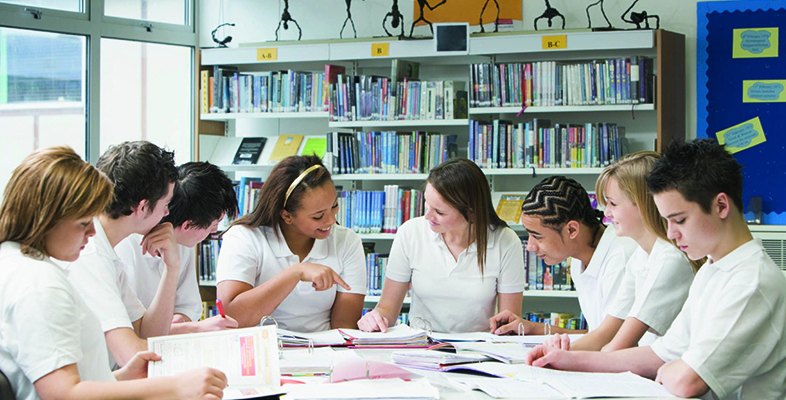4.2 Creativity and language learning
As a beginner teacher you may well have already noticed the link between language learning and creativity, as communicative competence often involves activities where students need to use their imagination, e.g. in role play situations and other contexts of communicative, learner-centred pedagogies.
According to Stern (1975, p. 305), creativity is one of the four characteristics of the native speaker’s knowledge or competence that speakers of a foreign languages should aim ‘to approximate’. He refers to the creativity of language use in relation to the concept of language competence (p. 307), stating:
Competence is dynamic and active and not mechanical or static. We don’t handle our native language in a robot-like fashion as if we had swallowed a phrase book. We constantly adjust language use to novel situations and changing circumstances. We use the language for productive thinking.
More recent research studies have also reported on the relevance of creativity for second language learning, and, in particular, for language-learning success (e.g. see Dörnyei, 2005).
Fehér (2010) points out other elements of creativity, such as transition from one thing into another, transformation and open-ended activities: integral parts of the MFL planning process.
Activity 5
Consider the advantages of creative teaching in MFL. How can creativity contribute to:
- a sense of purpose for using the target language?
- creating opportunities to experiment with words, patterns and structures?
- developing student’s confidence in using the target language?
- developing flexible thinking?
- greater cultural awareness?
- anything else?
Make a note of your thoughts.
By taking a creative approach to your teaching you will also include opportunities to relate the target language to a real-life setting, as you also include activities around authentic materials as well as activities that encourage learners to use their imagination by thinking, feeling and questioning.
